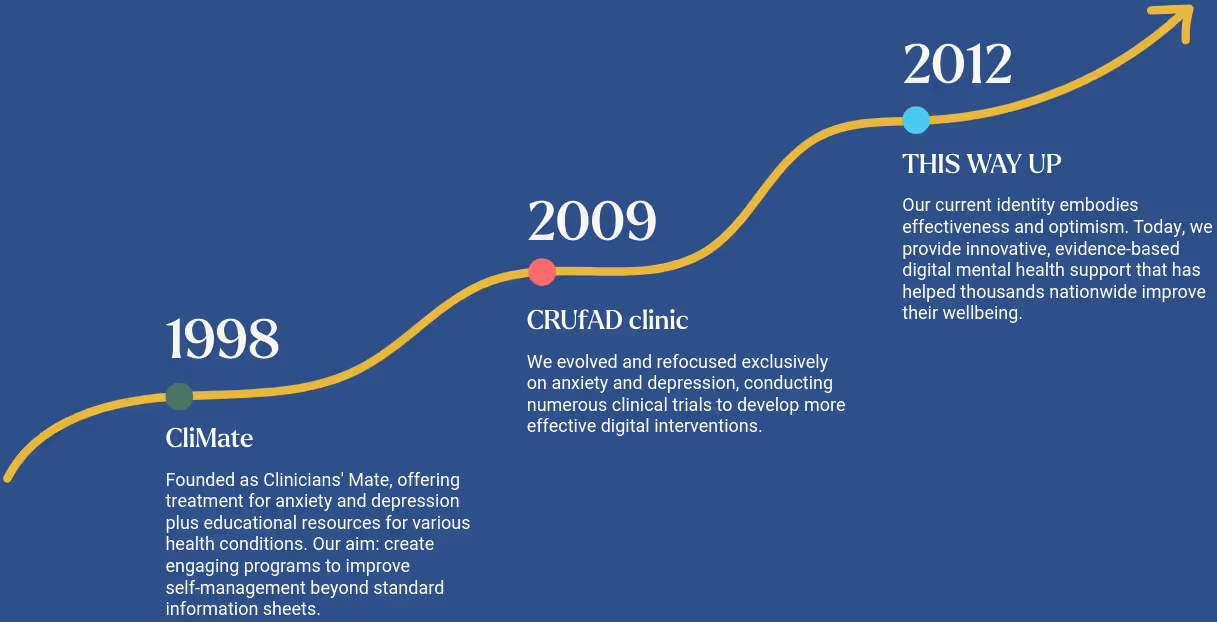Post-Traumatic Stress Explained
What is Post-Traumatic Stress?
Unfortunately, sometimes people have traumatic experiences, where their safety, or the safety of someone they love, is threatened. These experiences can be things like having a car accident, being assaulted, or witnessing a natural disaster.
Post-Traumatic Stress is a set of symptoms, like anxiety, muscle tension, and nightmares, that some people develop after they’ve experienced a trauma. Most people will have some post-traumatic stress symptoms after going through a traumatic event. It’s very normal to feel anxious, upset, and on edge after you’ve experienced something frightening.
For some people however, these symptoms can persist for a long-time and impact their mood, relationships, work, and overall well-being. If the symptoms of post-traumatic stress are severe enough, they can be classified as Post-Traumatic Stress Disorder (PTSD).
People with PTSD have intrusive and unwanted memories, thoughts, flashbacks, and nightmares about the trauma. They feel anxious, irritable, and on edge most of the time, and avoid people, activities, and situations that remind them of what they went through. People with PTSD also experience painful emotions like shame, regret, sadness, and numbness.

Not sure whether to seek help?
If you’re unsure about the way you feel, take our anonymous Wellbeing Test to check whether your levels of stress, anxiety, or depression are within a healthy range, and see if one of our online programs could help.
What causes Post-Traumatic Stress?
People develop PTSD after they’ve been exposed to something traumatic, like actual or near death, a serious physical injury, or sexual violence. This can mean that they experienced a trauma themselves, witnessed it happening, or learned about it happening to someone they love. People can also be traumatised by repeatedly seeing other people’s trauma (for instance, by working in emergency services or the armed forces).
However, not everyone who experiences a traumatic event will develop PTSD. Most people will feel better with time. It’s not completely clear why only some people experience PTSD, but there are some risk factors for this disorder, including:

Pre-existing mental health issues

Having experienced trauma before

Substance use problems

Having other stresses (e.g. debt)

Experiencing a fatal or near-fatal trauma

Having an anxious personality style

Experiencing a violent trauma

Experiencing a sexual trauma

Having limited social support

Experiencing an uncontrollable trauma (e.g. a natural disaster)
How can I deal with Post-Traumatic Stress?
Psychoeducation
Psychoeducation refers to learning about what post-traumatic stress is, how it develops, and how it’s maintained. This kind of information can be extremely valuable. Having a good understanding of PTSD can help people identify and manage their symptoms, giving them greater control over the disorder. It can also reduce the feelings of shame that some people with PTSD experience. It’s also important to educate families and carers on PTSD, to help increase the support and assistance they provide to the person.
The most essential pieces of information for a person with post-traumatic stress are that PTSD is a common disorder and that effective treatments are available. It’s also important to remember:
- Post-traumatic stress is an understandable response to a terrifying experience, not a sign of weakness or a character defect.
- Treatment is effective, and there are many treatment options available. Recovery is the rule, not the exception.
- The goal of treatment is to get completely well and stay well.
Cognitive Behavioural Therapy (CBT)
CBT is the recommended first-line treatment for PTSD. CBT for post-traumatic stress generally involves:
- Learning relaxing strategies, like deep breathing and muscle relaxation, to calm anxiety symptoms.
- Cognitive therapy, to help people understand and challenge any unhelpful thoughts that could be maintaining PTSD.
- Exposure therapy, to help people gradually and safely process their traumatic memories and re-engage in things they may have been avoiding because of anxiety.
CBT will often be recommended when:
- The person has had a prior positive response to CBT.
- A competent, trained clinician who has expertise in CBT is available, or the person is prepared to use internet CBT (iCBT).
- The person prefers CBT or iCBT.
- The person is prepared to take an active role in their recovery and confront their PTSD symptoms.
- The person is not experiencing psychotic symptoms.
Medication
Psychiatric medications (generally called ‘antidepressants’) are not usually recommended as a first-line intervention for PTSD. People should be offered CBT before they trial medications. However, antidepressants can be helpful for people who:
- Have anxiety or depression as well as PTSD
- Feel that they aren’t getting enough benefit from CBT
- Have severe PTSD symptoms that are interfering with therapy
- Would prefer to take medications
Different antidepressant medications work in different ways. You may need to trial more than one type to find the medication that works best for you. Make sure to keep in close contact with your prescribing physician during the early stages of taking medications the side effects can often be difficult to deal with.
Some things to remember when taking antidepressant medications are:
- Take the medication as prescribed.
- Don’t stop the medication without contacting the health professional who prescribed it, or your symptoms may return or worsen.
- Side effects lessen as your body adjusts. If the side effects don’t diminish, or are unreasonable, contact your health professional.

How can Cognitive Behavioural Therapy (CBT) help with Post-Traumatic Stress?
Cognitive Behavioural Therapy or CBT is considered to be one of the leading psychological treatments for post-traumatic stress. All of our online programs use CBT strategies to help ease symptoms. Click below to see if CBT can help you tackle your symptoms to improve the way you feel.
How can I cope with the symptoms of Post-Traumatic Stress?
It’s generally recommended that people with PTSD seek professional help. However, some of the below strategies may help you manage some PTSD symptoms.
Reducing stress and tension
Deep, slow breathing can reduce some of the anxiety symptoms, like muscle tension and irritability.
- Breathe in through your nose for 3 seconds, and out for at least 3 seconds.
- As you breathe, focus on your breath. Notice how it feels in your nose, throat, chest, and stomach.
- As you breathe out, notice any tension leaving your body.
- Repeat for at least 3 minutes.
Shifting negative thoughts
Some people with post-traumatic overestimate the likelihood of bad things happening and underestimate their ability to cope. A number of strategies may help you achieve a more balanced view of things:
- Make a list of your three best strengths—perhaps with the help of a friend or relative. Carry the list with you and read it to yourself whenever you find yourself focusing on negative thoughts.
- Make a list of three difficult things that you coped with better than you expected yourself to. Read this list when you find yourself worrying about how you’d cope if these worries came true.
- Make a list of three things you’re truly grateful for. Read this list when you’re feeling low, hopeless, or powerless.
Tackling sleep difficulties
- Get up at the same time every morning.
- Avoid sleeping during the day.
- Reduce tea and coffee intake if excessive (no more than two or three cups per day and none after about 4:00 p.m.).
- Do not lie awake in bed for more than about thirty minutes—get up and find a relaxing activity.
- Try relaxation exercises.


